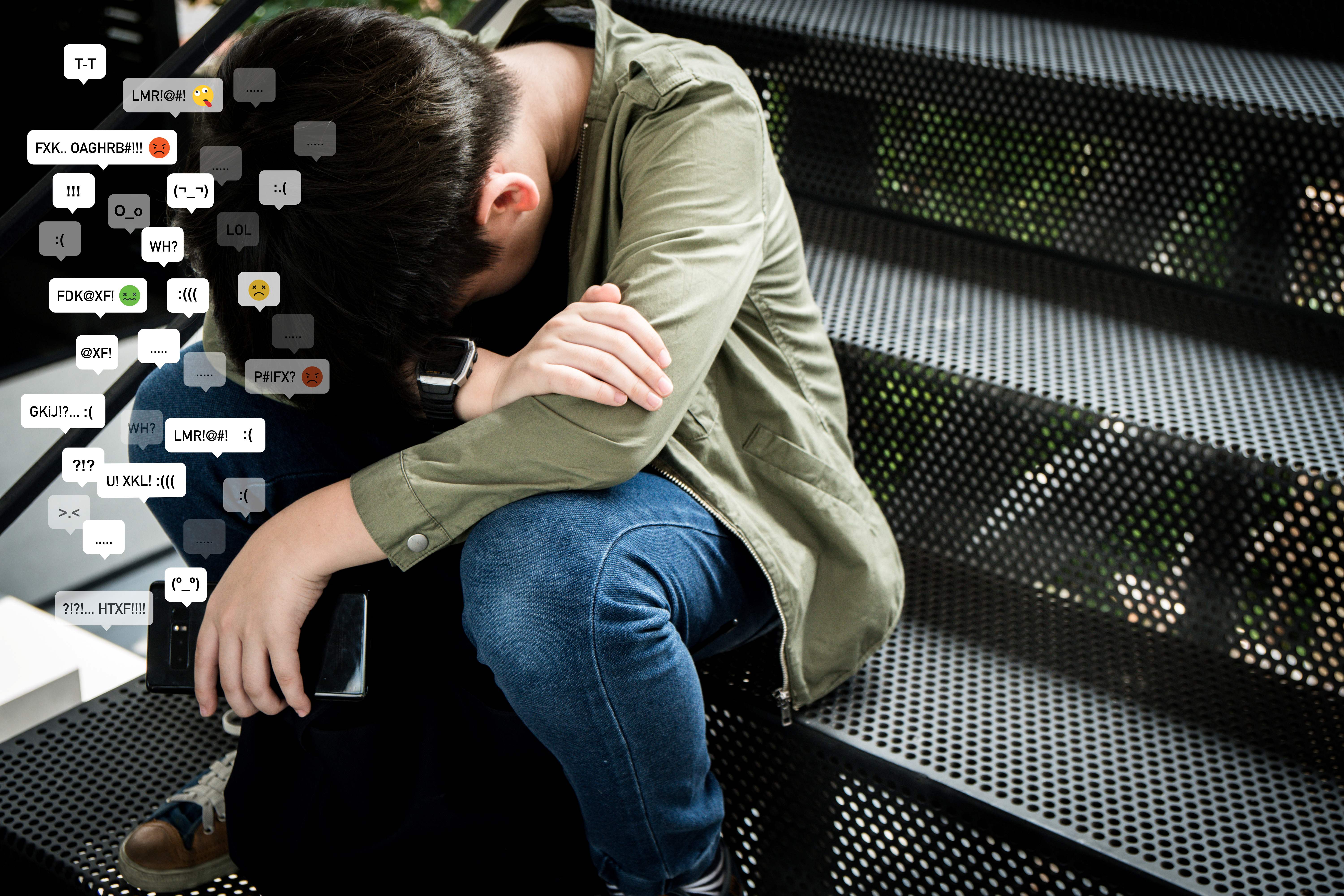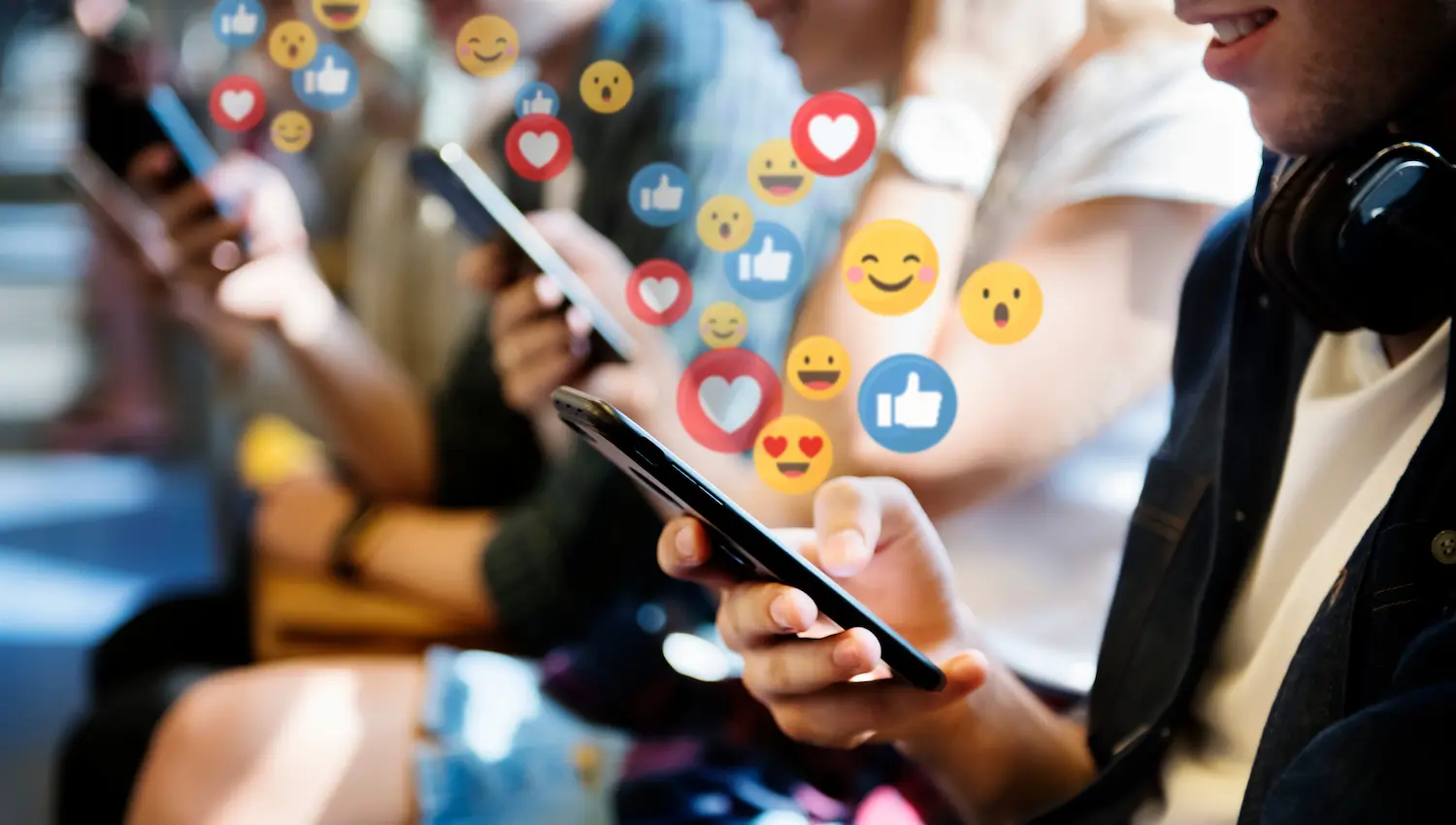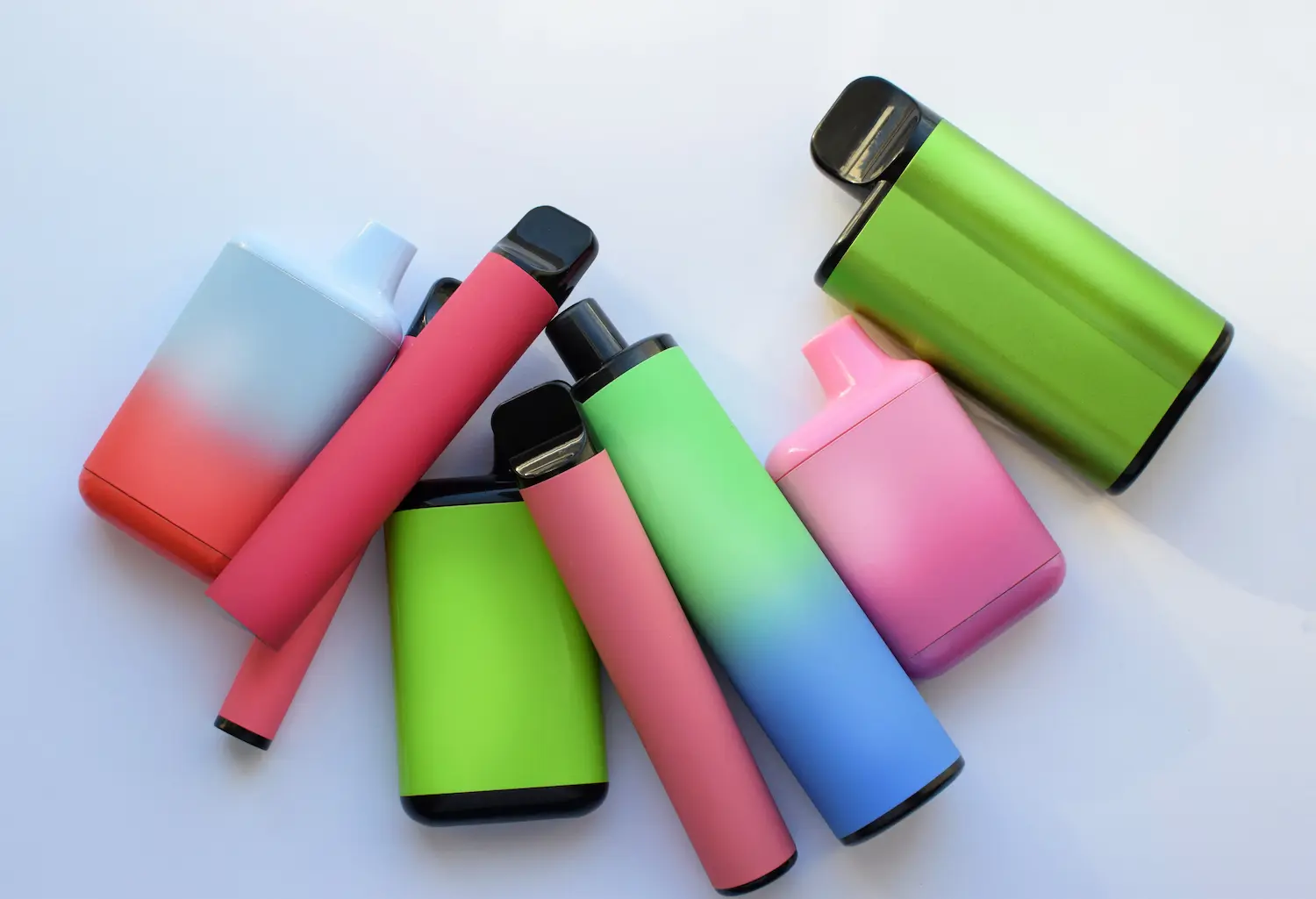Stronger, Riskier, and Not What You Remember:
Marijuana Use Among Teens

For many parents, marijuana brings to mind the “weed” of the ‘80s or ‘90s, a substance some remember as relatively mild, sometimes even joked about in pop culture. But what’s on the market today is a completely different drug, especially when it comes to the impact on a developing teen brain.
If you’re raising kids in this era, it’s important to know:
The marijuana available now often contains two to three times more THC than it did a few decades ago.
New products - from vape pens to edible gummies - can deliver THC in doses far beyond what was typical in the past.
Research shows high-potency marijuana poses real risks to adolescent brain development, mental health, and future substance use.
Let’s break down what’s changed, why it matters, and how you can use this information to have prevention conversations with your kids.
THC Levels: Then vs. Now
THC (tetrahydrocannabinol) is the chemical responsible for marijuana’s psychoactive “high.” In the 1990s, average THC concentrations in seized marijuana samples were about 4%. According to the National Institute on Drug Abuse (NIDA), today’s products can contain 15–20% THC in plant form, and concentrates (like wax, shatter, or oil used in vaping) can exceed 80–90% THC.
The Operation Parent Handbook emphasizes that these potency levels can lead to much more intense effects, and a higher risk of harm, than parents may expect based on their own experiences. SAMHSA warns that higher THC means greater potential for dependence, cognitive impairment, and mental health issues, especially in adolescents whose brains are still developing.
The Adolescent Brain and THC
The human brain keeps developing until around age 25, with the prefrontal cortex (the area responsible for decision-making, impulse control, and judgment) among the last to mature. Introducing high levels of THC during this critical window can interfere with normal brain wiring.
The CDC and AAP note several effects seen in adolescents who use marijuana regularly, especially high-potency products:
Memory and learning problems (THC disrupts how brain cells communicate, impacting school performance)
Reduced attention and processing speed
Increased risk of anxiety, depression, and psychosis, especially in those with a genetic vulnerability
Lower motivation for academics, sports, or hobbies (“amotivational syndrome”)
Potential permanent changes in brain structure involved in emotional regulation
The Truth Initiative also highlights that because today’s products deliver THC so quickly and at such high doses, the risk for cannabis use disorder (what many call marijuana addiction) is higher than ever. In fact, 1 in 6 teens who start using marijuana before age 18 will develop a substance use disorder.
Marijuana and Other Substance Use
The “gateway drug” idea has been debated for years, but the data does show a pattern: teens who use marijuana are more likely to use other substances later, including alcohol, nicotine, and harder drugs.
According to SAMHSA, marijuana use in adolescence is associated with:
Increased likelihood of trying prescription drugs non-medically
Higher rates of binge drinking
Greater risk of developing polysubstance use disorders
Researchers believe part of this link may be biological (THC affects brain reward pathways, priming them for other substances), and part environmental (marijuana use often increases exposure to peers and settings where other substances are present).
The Operation Parent Handbook advises parents to treat marijuana prevention just as seriously as alcohol or tobacco, because early use is strongly tied to a greater risk of lifelong struggles with addiction.
Myths Teens Believe (and How to Respond)
“It’s natural, so it’s safe.”
Remind your teen that natural doesn’t mean harmless. Tobacco and poison ivy are “natural” too. Today’s marijuana is also far from “just a plant”; it’s often bred and processed to dramatically boost THC.
“It’s safer than alcohol.”
Different doesn’t mean safer. Both can impair judgment, coordination, and mental health. For teens, any substance that changes brain chemistry carries risk, and marijuana can impact brain development in unique ways alcohol does not.
“It’s legal in my state, so it’s fine.”
Even in states where marijuana is legal for adults, it’s illegal for those under 21. Laws are based on the same brain science we’ve covered here. The adolescent brain is more vulnerable to harm.
What Parents Can Do
You don’t need to be a drug expert to talk to your kids about marijuana. You just need facts, a calm approach, and a willingness to listen. The Operation Parent Handbook can help with conversation starters and up-to-date research. Here are a few key tips from national experts and the Handbook:
Start early. Talk about marijuana before your child is likely to encounter it (often by middle school).
Share the science. Explain how THC affects a developing brain. Use analogies (“It’s like building a house while someone is tearing out the wiring”).
Set clear expectations. Teens are less likely to use substances when they know their parents disapprove. State your family rules clearly and consistently.
Address myths. If your child repeats a misconception, respond with facts, and be ready to explain where you got them.
Stay involved. Know your child’s friends, their hangouts, and watch for changes in mood, grades, or interests.
The Bottom Line
Marijuana today is not the same drug parents might remember from their youth. Potency is dramatically higher, delivery methods make it easier to use discreetly, and the adolescent brain is uniquely at risk for long-term damage.
By understanding how marijuana has changed (and how it affects developing minds) you can have informed, ongoing conversations that protect your child’s health now and in the future.
Your voice matters. Research shows that teens who believe their parents disapprove of substance use are less likely to try it. Start the conversation early and keep it going.
Sources:
Operation Parent Handbook (2025 Edition)
SAMHSA: Marijuana and the Adolescent Brain
CDC: Marijuana and Public Health
American Academy of Pediatrics: The Impact of Marijuana on Youth
Truth Initiative: Marijuana Use and Risks for Young People
NIDA: Marijuana Potency Data
%5B90%5D.avif)






